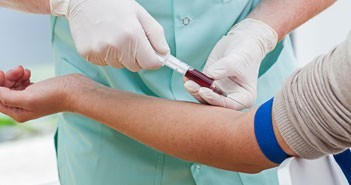Partnership for development of body-fluid diagnostics

Agreement formed for research and development of real-time biomarker analysis technology for personalized medicine.
Icahn School of Medicine at Mount Sinai (NY, USA) and Exosome Diagnostics (NY, USA) recently announced their collaboration for research and development of real-time nucleic acid-based body-fluid diagnostics for personalized medicine. Exosome Diagnostics technology enables real-time capture of genetic disease-related biomarkers in blood, urine and CSF without the need for tissue biopsy.
The collaboration will give Mount Sinai researchers early access to upgrades of this technology, alongside technical support. Mount Sinai will retain the rights to molecular biomarkers associated with disease progression and drug response, and Exosome Diagnostics will retain commercial development rights for molecular in vitro diagnostic products.
“This collaboration represents the model that research centers and private companies need to adopt in the post-recession, sequestered economy to develop diagnostic products that can improve clinical outcomes, help advance drug development programs and help lower healthcare costs,” said James McCullough, Chief Executive Officer of Exosome Diagnostics. “New York State has taken an aggressive and appropriate approach to promoting cooperation of its leading research centers, such as Mount Sinai, with private industry resources and commercial capability to drive translational medicine. Mount Sinai and Exosome together can accelerate cutting-edge diagnostic products to serve the clinical market.”
Carlos Cordon-Cardo, Chair of Department of Pathology, Icahn School of Medicine at Mount Sinai, added, “As we advance our precise medicine program in the Departments of Pathology and Genomics at Mount Sinai, biofluid-based, point-in-time analyses, made possible by the Exosome Diagnostics-Mount Sinai relationship, will undoubtedly lead to an improved, patient-centric understanding of disease, thereby guiding more informed treatment decisions and response to therapy.”




